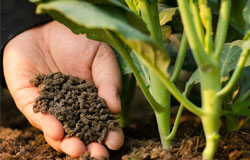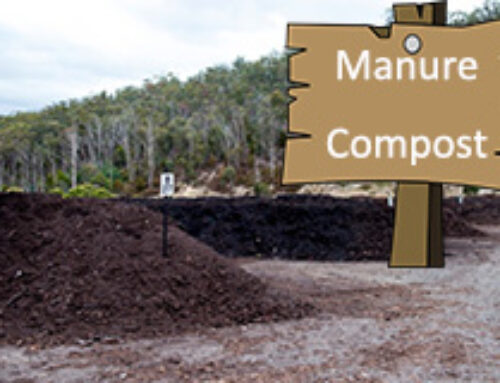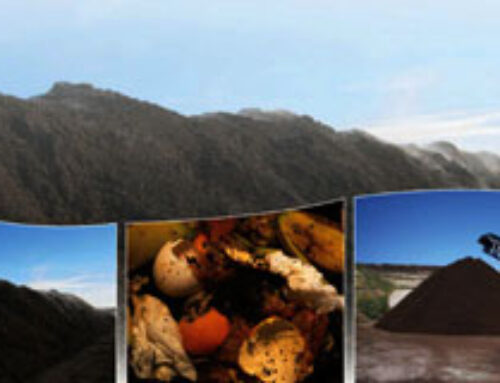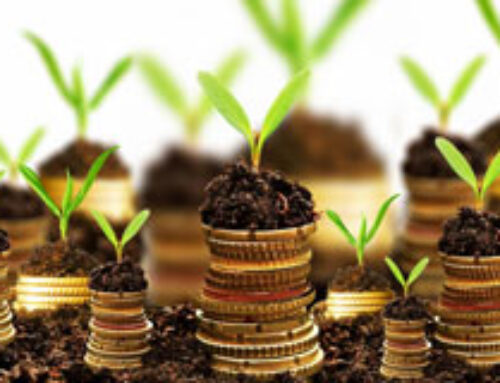According to the report of IWSR Forecast 2016-2021 Global Review, by 2021, the global alcohol market is forecast to grow by over 1 billion cases, bringing annual consumption to 29.3 billion cases. With so a giant market prospect, the alcohol industry will maintain strong growth so as to satisfy the huge market demand. In the meantime, the development of the alcohol industry would lead to producing plenty of byproducts, like vinasse – residue after distilling. According to the statistics, there are 10-18 liters of vinasse generated per
liter of alcohol produced, depending on the processing technique used and the wine composition. For example, the president of an alcohol company that has the capacity to produce 2,000 tons of white wine, for now, said that their wine production capacity would increase to 6,000 tons after years of growth, and in 
Vinasse contains abundant organic matter, and its nutrient elements exist in various forms like protein, amino acid, fat, and waxiness, which cannot be utilized by plants. Based on the counting after air drying, the nutrient contents of vinasse include 65.4% coarse organic matter, 2.87% nitrogen, 0.33% phosphorus, 0.35% potassium, and 12.8% carbon. In a word, vinasse is a combination of nutrients, organic matter, and water and has effects on the chemical, physical, and biological soil attributes. Nowadays, the high cost of chemical fertilizers and the threat to the environment has become the important impetus to study the recycling of the large quantities of organic residues produced as byproducts of alcohol agroindustries. Fortunately, it is recognized that large quantities of vinasse are low-cost materials that can be processed into organic fertilizer and used as soil improver through composting, fermentation, and a series of granulating processes.
How to Process Vinasse for Organic Fertilizer
Just as its name implies, vinasse organic fertilizers are produced with solid vinasse as the main raw materials through the process of aerobic fermentation and composting, crushing and mixing, granulating, packaging, and so forth. So above all, it is necessary to separate solid vinasse from the waste distiller grain. Now let’s discuss the details production process to make vinasse organic fertilizer.
★ Solid-liquid Separation of Vinasse
The effective solid-liquid separation of vinasse is one of the keys to the comprehensive utilization and advanced treatment of alcohol waste, which needs the dewatering machine to achieve. To be specific, with a fluid pump, vinasse would be transmitted into the solid-liquid separator and gradually pushed to the front of the machine, while improving the pressure continuously, so as to force the water in the vinasse out of the screen, discharging from the drain pipe. Users can adjust the clump weight to grasp the discharging speed and water content, in order to achieve a satisfactory discharge state. With large daily capacity and low power consumption, this machine is highly automated and suitable for continuous working, and easy to operate and maintain.
★ Fermentation and Composting of Vinasse
Combining aerobic composting technology and a professional compost turner, it is easy to achieve vinasse composting and fermentation within two weeks (always taking about 7-14 days). In order to save space, the maximum height of the vinasse pile can be set as 2m (usually about 1.2m) and the width should be less than the width of the turning device of the compost turner, while the length of the pile depends on site scale. Using mechanical turning can make it easier to optimize the composting process by adjusting temperature, water content, oxygen content, C/N, and pH value.
★ Crushing and Mixing of Vinasse
Add a certain proportion of chaff or porous materials so as to increase the breathability of raw materials. The proportion should be 70% vinasse, 25% inorganic substance, 3% annexing agent, and 2% conditioning agent, then using an organic fertilizer blender for an even mixing process. After mixing, use a chain mill crusher to grind raw materials to 50-80mesh. With a simple structure, high wear resistance, and good grinding effect, Our chain mill crusher is very suitable for crushing vinasse.
★ Granulating of Vinasse
It is better to choose a new-type granulator to make vinasse organic fertilizer according to vinasse features. After even mixing and grinding, raw materials would be transferred into the wet-type granulator machine via a belt conveyor for the next granulation process. With over 90% granulation rate, vinasse and other raw materials would be processed into ball-shaped organic fertilizer with high quality for sale.
★ Drying and Cooling of Vinasse Organic Fertilizer
After granulation, vinasse organic fertilizer is almost done. But for commercial sale and convenience to pack and store, the granulated fertilizer should be dried and cooler with the help of equipment – organic fertilizer rotary dryer and rotary cooler with large processing capacity.
★ Packaging of Vinasse Organic Fertilizer
As the last part of vinasse fertilizer production, we recommend the automated packaging machine for an easy, convenient, fast, and automatic packing process. With high packing accuracy and fast packing speed, this equipment can greatly shorten the operating time and improve working efficiency, saving lots of labor costs.
Features of Vinasse Organic Fertilizer
Vinasse organic fertilizer can restrain the breeding of soil pathogens, stimulate crop root growth vigorously and reduce various plant disease contagions. Moreover, with complete nutrient elements, it is able to improve soil structure and amend the soil hardening state caused by the long-term use of chemical fertilizer. Through improving the physical property of soil, organic fertilizer made from vinasse also has the ability to keep the soil soft and easy to cultivate, increasing the soil pore properties and strengthening the
moisture holding, fertilizer maintenance, and fertilizer supplying ability of soil, cutting losses of drip 
Successful Case:
Take Rizhao wine company in Shandong for instance, this company adopted waste distillers’ grains as the main raw materials to make vinasse organic fertilizer successfully according to the idea of the circular economy. Because of meeting the ecological requirements, vinasse organic fertilizer has been favored by consumers since its sale on the market.
◇ Immense environment and ecological benefit: the implementation of the Vinasse organic fertilizer production plant project has not only solved the pollution problems caused by wine production but also improve soil structure and promote crop quality and output, providing a benign-circle economic development pattern.
◇ Considerable social benefit: the thorough solution to the polluting problem has received a good response among the masses, playing a positive role in producing green products and guiding proper consumption consciousness.
◇ Enormous economic benefit: adopting Vinasse to produce organic fertilizer has created huge profits. With 40,000 tons of Vinasse’s annual output, it produced 15,000 tons of organic fertilizer, which gained about 613 million dollars in income.
Related Readings:
Process Chicken Manure Organic Fertilizer





